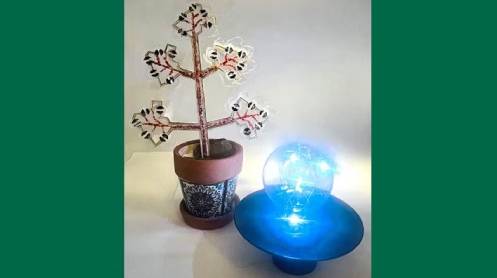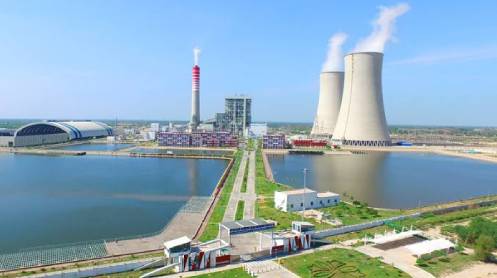Scientists have developed an artificial plant that not only generates enough electricity to charge a smartphone but also purifies indoor air at a much more efficient rate than natural plants.
A team from Binghamton University, New York, originally created this artificial plant for entertainment purposes by using five biological solar cells and photosynthetic bacteria. However, they soon realized its practical applications. The plant, equipped with five artificial leaves, can generate both electricity and oxygen while absorbing carbon dioxide at a much higher rate than natural plants.
Their study, titled Cyanobacterial Artificial Plants for Enhanced Indoor Carbon Capture and Utilization, reveals that traditional ventilation and filtration methods are less effective in reducing carbon dioxide levels indoors due to rising CO₂ levels caused by global warming. In contrast, these artificial plants use indoor light for photosynthesis, reducing CO₂ levels from 5,000 to 500 ppm—a 90% reduction, compared to the 10% reduction by natural plants.
Like real plants, these artificial plants require water and nutrients to function. The researchers envision future versions with minimal maintenance, possibly involving different types of bacteria.
When these artificial leaves are integrated into the plant’s structure, the system can generate up to 2.7 volts of open circuit voltage and a maximum power of 140 µW, which is enough to charge portable electronics like smartphones and laptops.
Professor Seokheun Choi from Binghamton University’s Department of Electrical and Computer Engineering expressed his hopes for the technology: “I want to make this energy usable for practical purposes, such as charging mobile phones. With some more work, these artificial plants could become part of every household.”
The study was published in the scientific journal Advanced Sustainable Systems.





